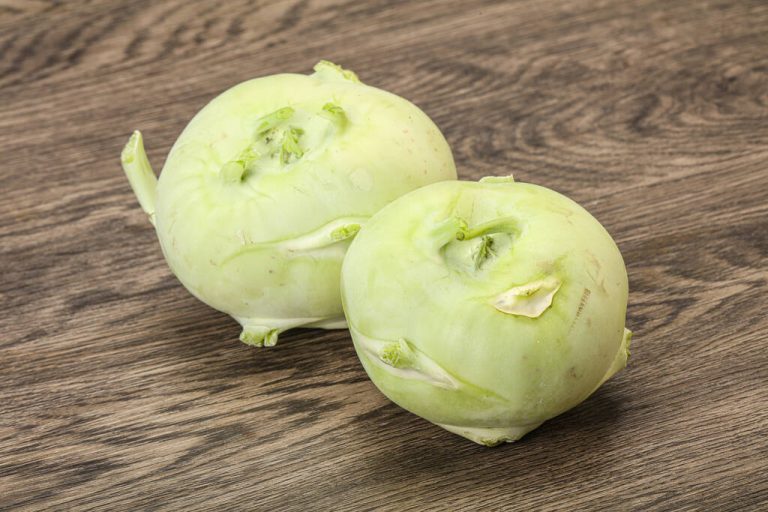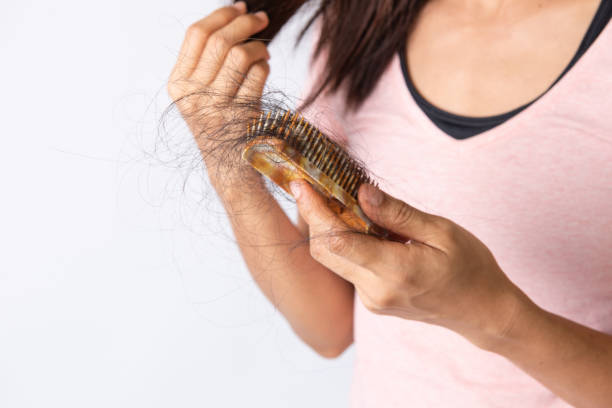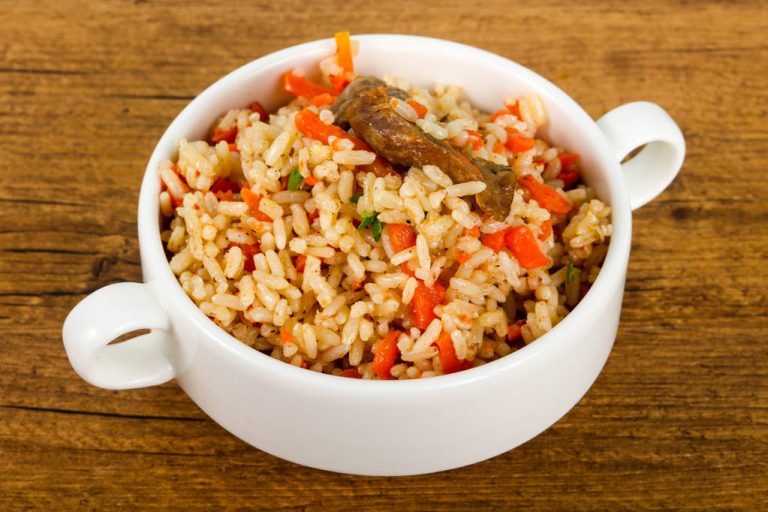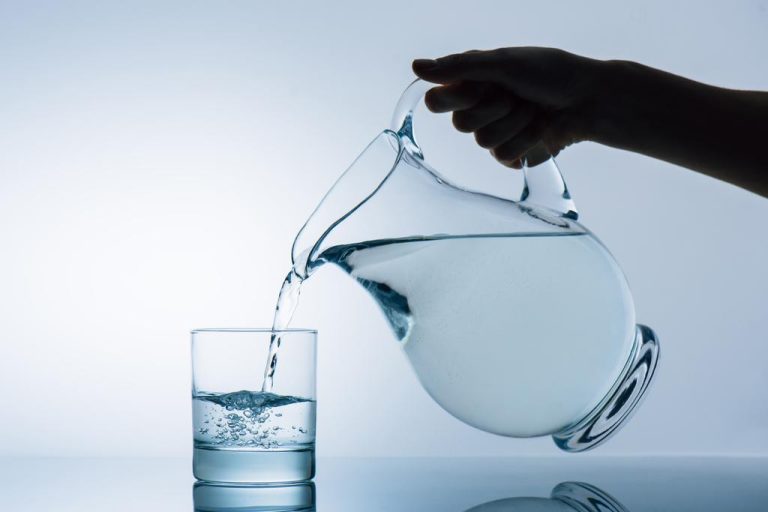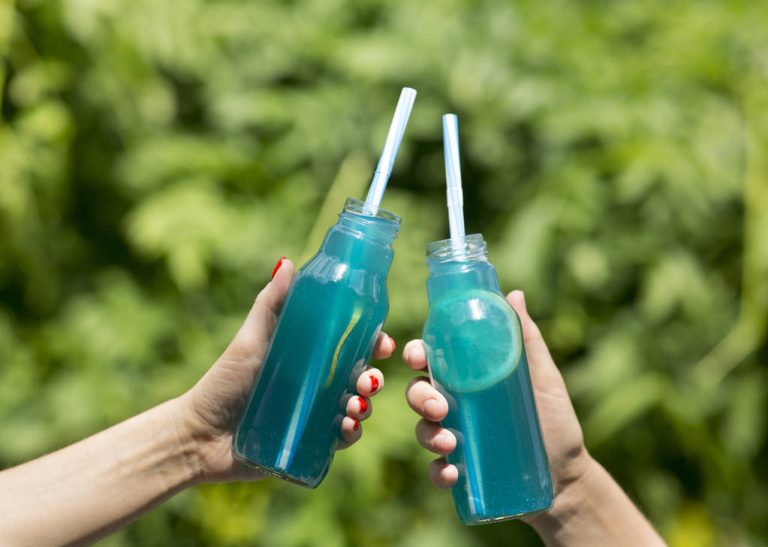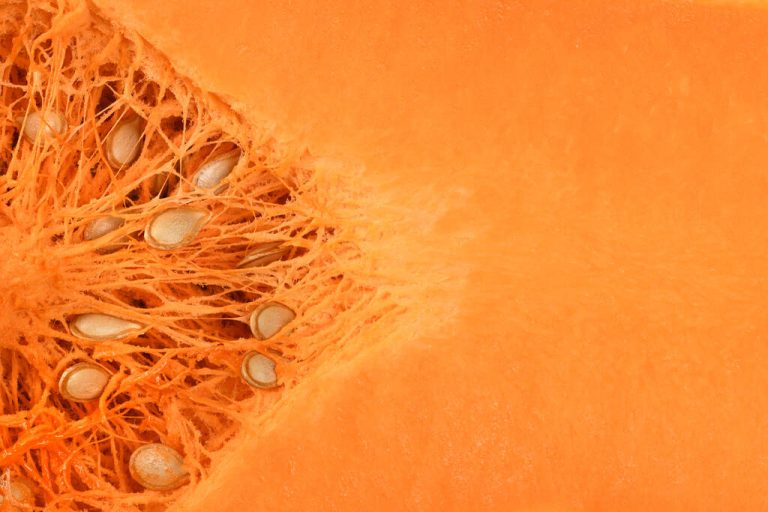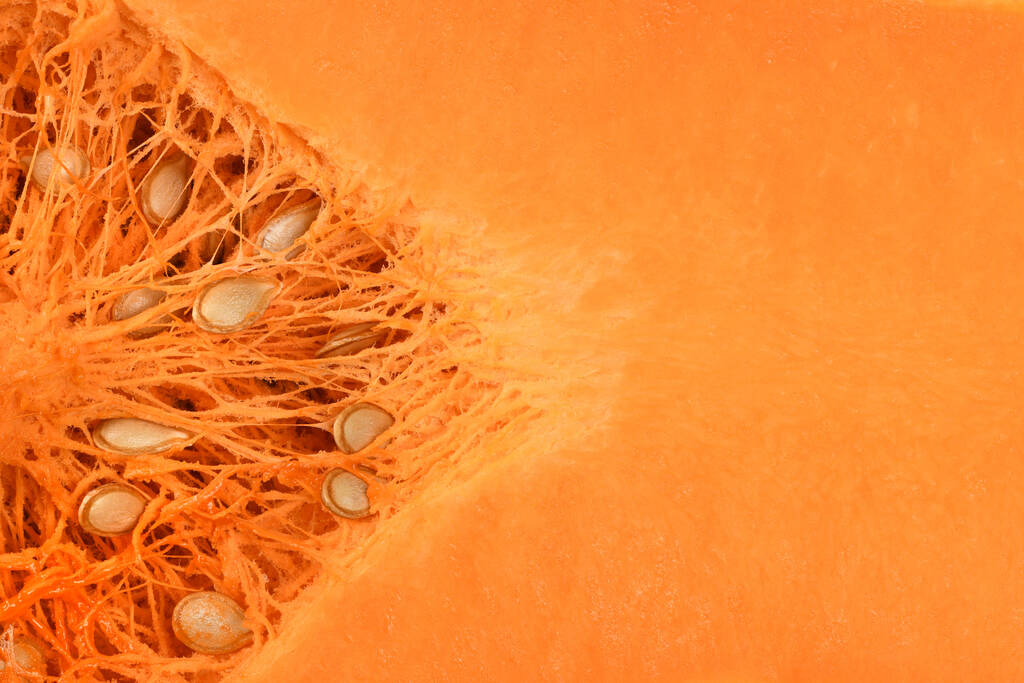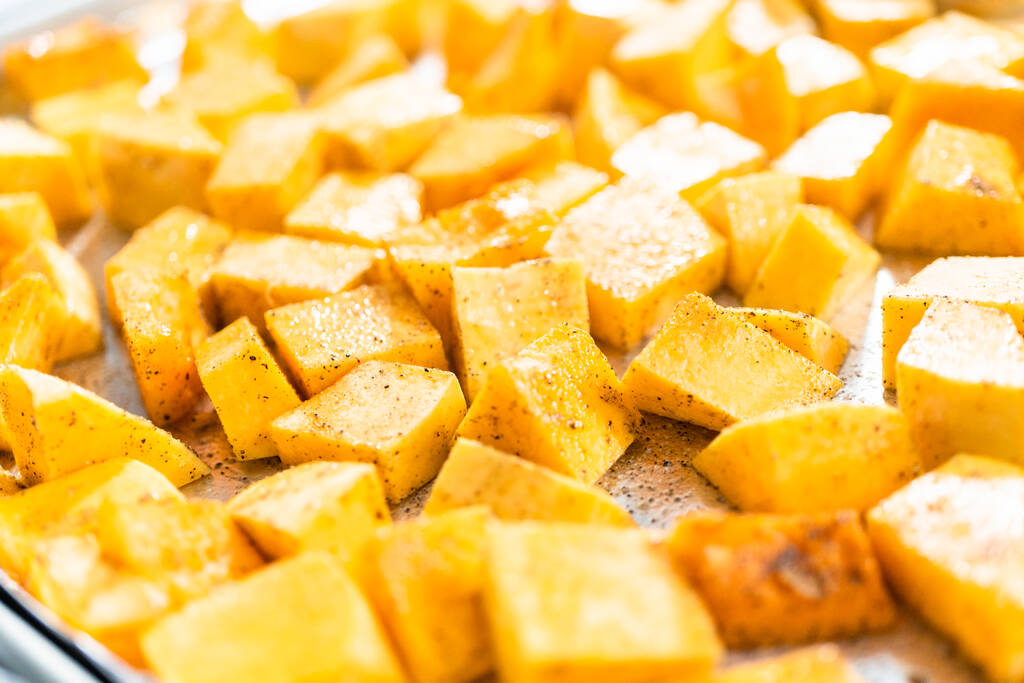You have countless options when buying a suitcase. But which one is the best? We have tips on buying a suitcase. So that your next purchase will not be a mistake and you can travel carefree. Consequently, hard-shell cases and soft-shell cases, as well as practical extras, are discussed.
The right choice of suitcase
Suitcases sometimes have to withstand the immense strain. Air travel in particular demands a lot from the luggage. Not only do conveyor belts put a strain on the material, but the sometimes rough handling of it and storage in the cargo hold of airplanes also require durability. That’s why you should pay attention to essential points when buying a suitcase. Then long-lasting models enrich your journey with their positive characteristics. To find out more now and benefit from reliable luggage! So you can pack your suitcase and go on vacation.

Tips for buying clever suitcases
Anyone who travels often knows the advantages and disadvantages of different suitcases. Some have a high capacity, others are particularly stable and thus ensure safety for the content. But what is really important? Of course, the decision to buy a suitcase is very individual. However, there are a few things you should consider when buying a suitcase:
1) Consider the size when buying a suitcase
First, you should think about what you want to buy your suitcase for. Because the type of trip often determines the size of your luggage. If you like to go on longer trips abroad or vacation trips, you should choose large suitcases or even a trekking backpack. In contrast, a carry-on suitcase is well suited for business and short trips. Because often more fits in there than you think. You have a large selection of hand luggage cases from cheap to expensive brands.
2) Buy a suitcase with a well-thought-out interior
In order for clothes, shoes, and the like to be tidily stowed away, the suitcase must have a well-thought-out interior. Fixation straps, zip compartments, and wet compartments are worthwhile extras. Several compartments also make sense so that you can create the necessary order in your luggage. Consequently, flexible compartments are optimal because they can be individually adapted to personal needs. You should also make sure that all zips run smoothly.
3) Purchasing a suitcase: Wheels are important
The number of wheels is important when buying a suitcase. Because wheels promote easy transport. Accordingly, a case with four wheels is best, as these offer the advantage that the case can be parked and pushed upright without tipping. But the roles should be made of high-quality material. In some constructions they are integrated, they are almost close to the case cover. This reduces the risk of them breaking off or otherwise being damaged by impact and excessive pressure. However, this often reduces the resilience, because the roles for integration have to be smaller. Since well-known brands work exclusively with the best components and connecting parts anyway, there is no need to worry about protruding castors.
4) Telescopic rods as a decision criterion
Proper functioning of the telescopic rod is essential. It should be flexible while the telescopic rod should adapt flexibly to the height of the owner and guarantee back-friendly handling. But with cheap cases, the reliability often leaves a lot to be desired and the rod, for example, does not stay in the preferred position. Or the machine is defective. Then this can negatively affect your trip with the family. Tip: A grip strip on the bottom of the case and a handle on the top make lifting luggage even easier.
5) Buying a case when buying a suitcase is crucial

Now we come to the most important point. The shell of the suitcase. You can choose between a hard case and a soft case. Both variants have advantages and disadvantages. Ultimately, the decision when buying a suitcase depends on your personal needs. In the suitcase comparison test of 2021, the hard-shell suitcases, in particular, did well. Nevertheless, we present both models to you:
Hard case as a reliable travel companion
Dimensional stability is important. Therefore, when traveling by air, hard-shell cases have two major advantages:
- Anti-theft protection: Unlike soft-shell cases, the solid case cover cannot simply be cut open.
- The stability: hard-shell cases master almost every challenge and protect the contents from various external influences. Cases made of innovative materials are unimpressed even by heavy blows. If a lock is also attached, thieves have a hard time.

